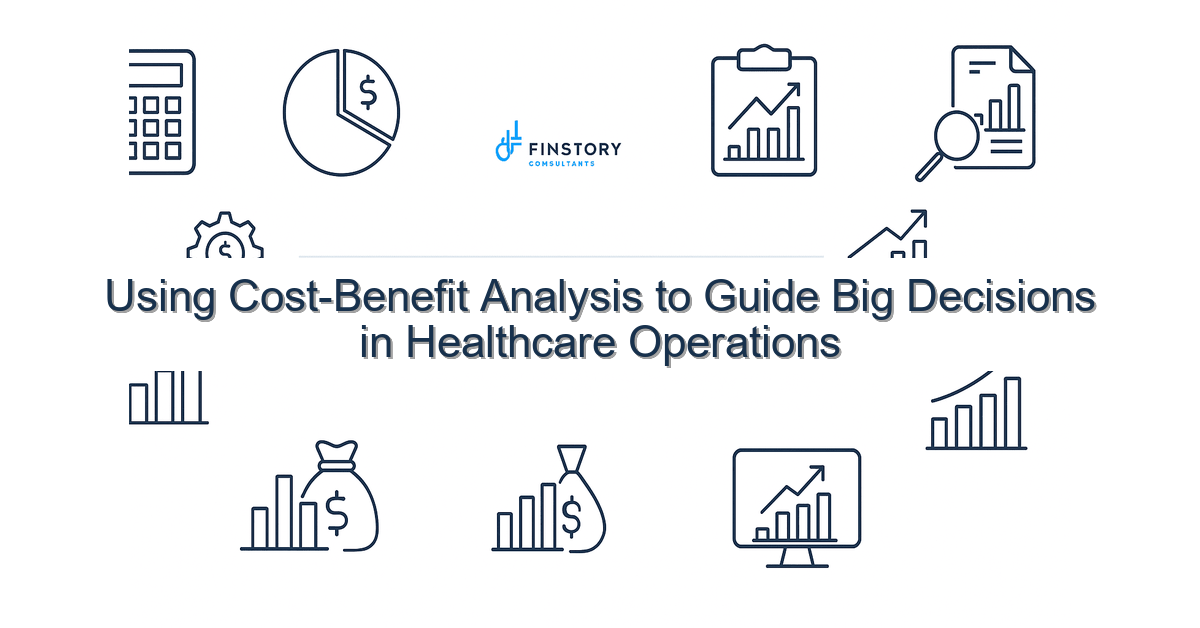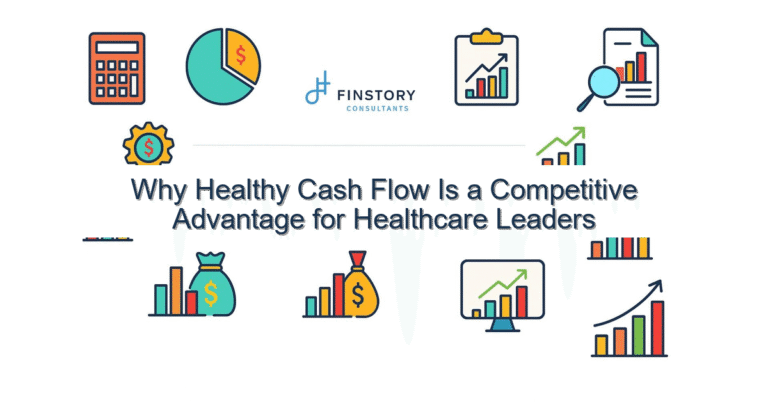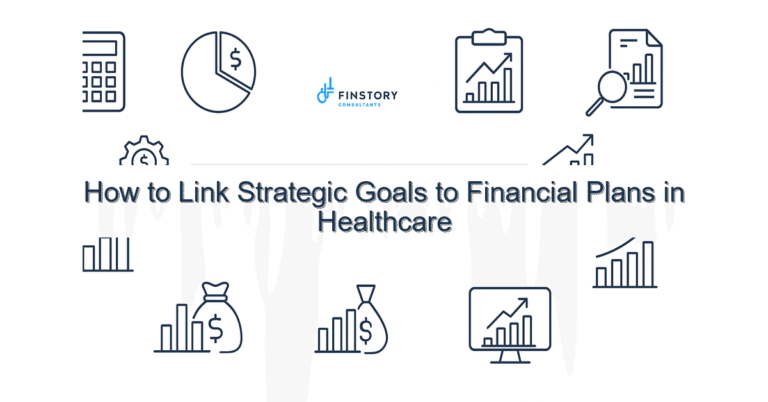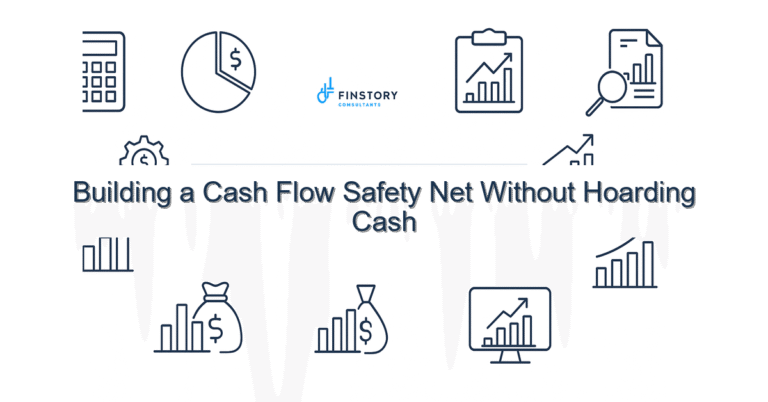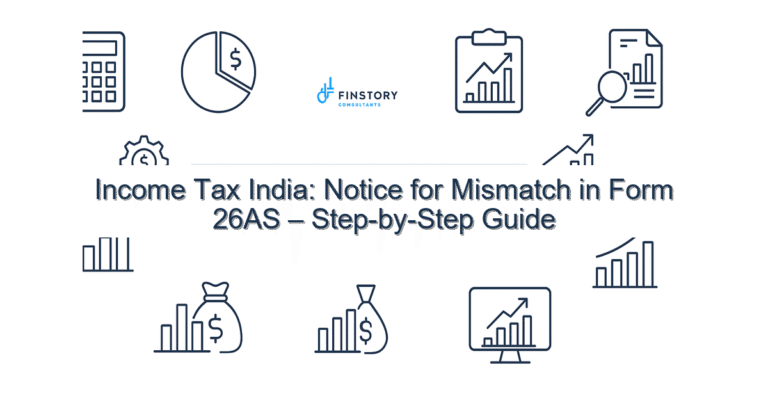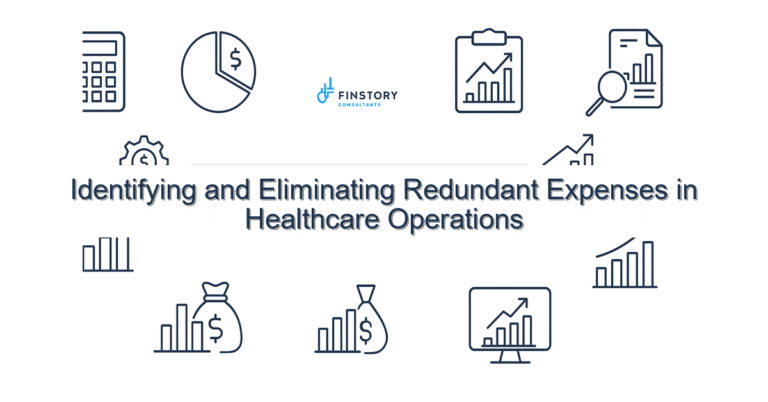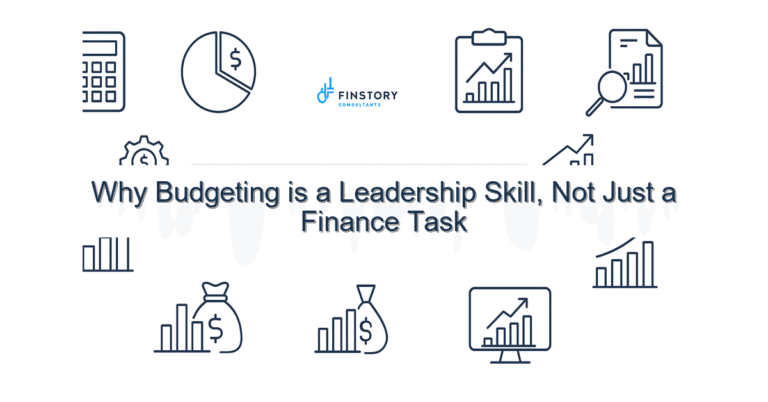Using Cost-Benefit Analysis to Guide Big Decisions in Healthcare Operations
You’re juggling capacity limits, rising costs, and pressure to improve outcomes—all while the board wants answers yesterday. You don’t need perfect data to decide; you need a repeatable way to weigh trade-offs and tell a clear story.
Summary: Use a practical, focused cost-benefit analysis (CBA) framework to prioritize investments—capital projects, staffing models, or automation—so you make decisions that are defensible, measurable, and aligned with clinical priorities.
What’s the real problem?
Healthcare leaders face decisions with high costs and messy data. The simplest answers are often the loudest: invest in new equipment, hire more staff, or buy software. But each choice carries hidden costs and opportunity costs that rarely get quantified.
- Symptom: Multiple projects are competing for the same capital with no consistent way to compare them.
- Symptom: Finance and operations disagree because they use different assumptions about utilization or savings.
- Symptom: Decisions are delayed because leaders demand “more data” or “another pilot.”
- Symptom: Post-implementation reviews are rare, so projected benefits aren’t validated.
What leaders get wrong
Well-meaning teams make the same mistakes. They don’t come from bad intent—just pressure and complexity.
- Overconfidence in unvalidated savings. Teams assume 100% adoption or unrealistically fast behavior change.
- Mixing strategic and operational metrics without a common currency. Clinical value and ledger impact aren’t reconciled.
- Analysis paralysis. The search for perfect data prevents a good decision today.
- Ignoring downside scenarios. Too much focus on best-case returns and too little on risk and contingency.
A better approach
Think of CBA as a short, structured conversation you can have with the board, clinicians, and finance. It clarifies assumptions, quantifies trade-offs, and surfaces the real questions.
Use this 4-step framework:
- Define the decision and scope. Be explicit: is this a capacity expansion, a tech purchase, or a staffing redesign? Set a time horizon (3–7 years) and the perspective (hospital, system, payer).
- List costs and benefits in cash terms. Include one-time capital, recurring operating, training, and indirect costs (e.g., change-management time). For benefits, quantify revenue, cost avoidance, labor savings, and clinical throughput improvements.
- Model credible scenarios. Build a base case, a conservative case, and a downside case. Use adoption rates, utilization changes, and unit costs as your levers.
- Make it decision-grade and communicable. Produce three numbers: net present value (NPV) or payback months, ROI %, and the break-even adoption rate. Add a one-slide summary for the board and a 1-page appendix with assumptions.
Real-world note: I worked with a CFO at a 350-bed hospital who needed to replace aging imaging equipment. We ran a focused CBA in two weeks and discovered an alternative lease-plus-service model reduced upfront spend by 60% and improved uptime—saving an estimated $1.2M over three years versus the straight purchase. That changed the conversation from “if we can afford it” to “how fast can we implement.”
Quick implementation checklist
- Pick one decision this quarter and limit the timebox to 2–4 weeks.
- Agree on scope and perspective before modeling a single dollar.
- Create a one-page assumptions table: adoption rates, unit cost, and useful life.
- Use conservative default assumptions (e.g., 60% adoption in year one).
- Include a simple sensitivity table: +/- 20% on key levers.
- Document who owns each assumption and where the data comes from.
- Prepare a one-slide executive summary: NPV/ROI, payback, top 3 risks.
- Plan a 90-day check-in to validate early signals versus plan.
What success looks like
- Decision cycle time reduced by 40–60% (from months to weeks).
- Forecast accuracy improves: actual vs. projected savings within ±15% after 12 months.
- Clear ROI threshold used across projects (e.g., minimum 12% real ROI or payback <36 months).
- Fewer low-value investments—capital approvals become more selective and defensible.
- Higher stakeholder alignment: clinical and finance buy-in increases measurable adoption rates.
Risks & how to manage them
- Risk: Overstated benefits. Mitigation: require at least one conservative sensitivity and predefine an adoption floor for modeling.
- Risk: Scope creep. Mitigation: lock scope and timebox analysis; treat extras as future workstreams.
- Risk: Data gaps. Mitigation: use proxy data, document assumptions, and flag the highest-impact unknowns for targeted data collection post-decision.
Tools & data
Use the tools you already have—but use them consistently. Finance automation platforms can pull actuals and staffing rosters; Power BI or Tableau can visualize utilization and revenue; a simple spreadsheet model connects assumptions to NPV and payback calculations. Build a one-page leadership report that shows the decision outputs and three key assumptions—this is what executives read, not raw tables.
Next steps
If you’re ready, pick one decision and run a focused CBA this month. Start with a 2–4 week sprint: scope, model, present. If you want support, Finstory helps teams map the process, stand up dashboards, and align finance with operations for repeatable decisions.
Work with Finstory. If you want this done right—tailored to your operations—we’ll map the process, stand up the dashboards, and train your team. Let’s talk about your goals.
📞 Ready to take the next step?
Book a 20-min call with our experts and see how we can help your team move faster.
Prefer email or phone? Write to info@finstory.net
or call +91 44-45811170.
